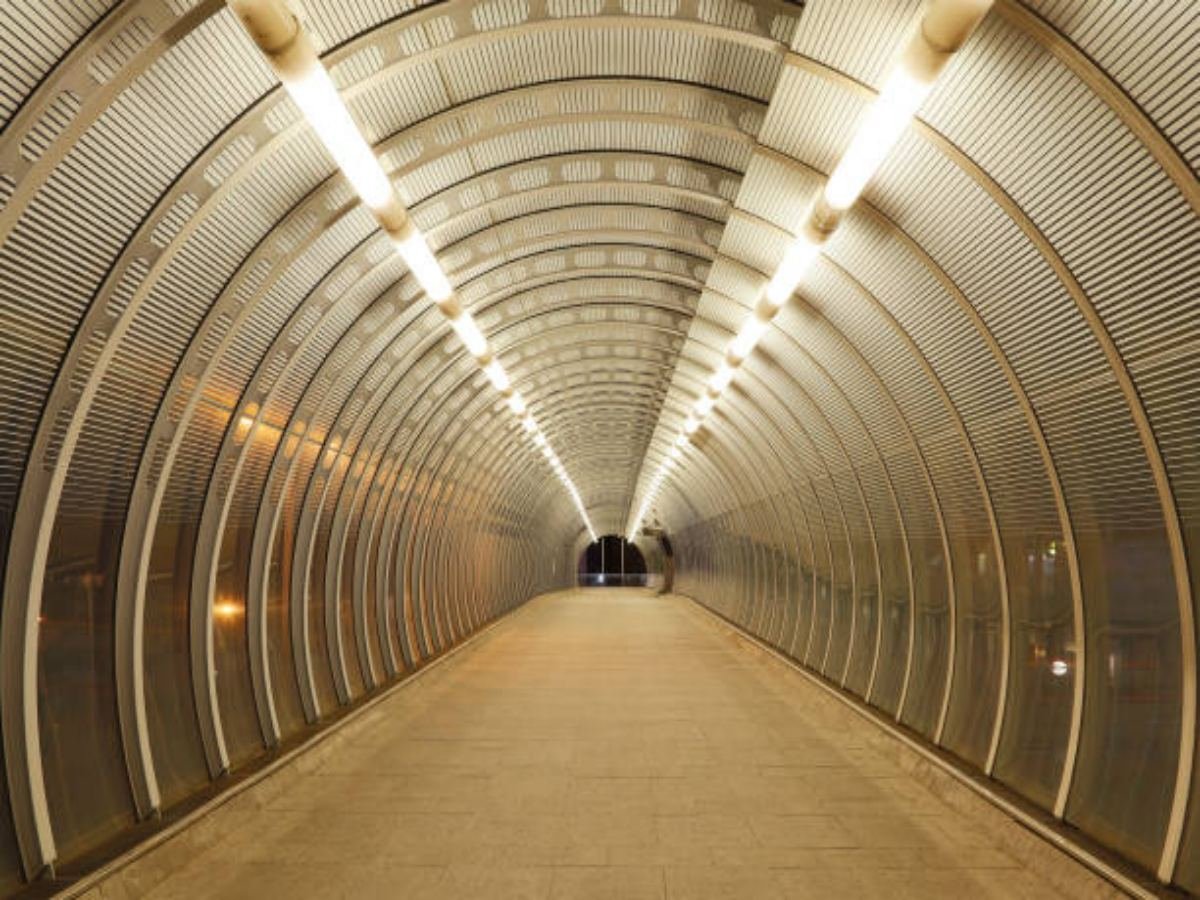Introduction
Welcome to the ultimate guide to waterproof power cables. In this comprehensive article, we will explore everything you need to know about waterproof power cables, their uses, benefits, and key considerations. Whether you are a professional electrician or an individual looking for reliable outdoor power solutions, this guide will provide you with valuable insights.
Understanding Waterproof Power Cables
Waterproof power cables are specially designed cables that can withstand exposure to water, moisture, and other environmental elements. They are used in various applications where electricity is required in wet or damp conditions, such as outdoor lighting systems, construction sites, marine environments, and more.
The Importance of Waterproof Power Cables
Using regular power cables in wet or damp environments can be extremely hazardous. Water can easily seep into the cable insulation, leading to electrical short circuits, shocks, and even fire hazards. Waterproof power cables are crucial for ensuring safety and preventing accidents in such conditions.
Key Features of Waterproof Power Cables
Waterproof power cables come with several essential features that make them suitable for wet or damp environments:
- Waterproof Insulation: These cables have a specialized waterproof insulation layer that protects the conductors from water and moisture.
- Corrosion Resistance: They are often made with materials that can resist corrosion, ensuring long-term durability.
- UV Resistance: Many waterproof power cables are also UV-resistant, making them suitable for outdoor applications exposed to sunlight.
- Flexible and Durable: These cables are designed to be flexible and durable, allowing for easy installation and withstanding harsh conditions.
Applications of Waterproof Power Cables
Waterproof power cables find applications in various industries and settings. Let's explore some of the most common uses:
1. Outdoor Lighting Systems
Waterproof power cables are widely used in outdoor lighting systems, such as garden lights, landscape lighting, and streetlights. These cables ensure safe and reliable power supply even in wet or rainy conditions.
2. Construction Sites
Construction sites often require temporary power solutions. Waterproof power cables are essential for supplying electricity to tools, machinery, and equipment in such environments, where water and moisture are prevalent.
3. Marine and Offshore Applications
Waterproof power cables are extensively used in marine and offshore industries, where exposure to water and salt is constant. They provide power to various equipment, including navigation systems, communication devices, and lighting fixtures.
4. Swimming Pools and Spas
Swimming pools and spas require electrical power for pumps, filtration systems, and lighting. Waterproof power cables are crucial for ensuring the safety of users and preventing electrical accidents in these wet environments.
5. Outdoor Events and Festivals
Outdoor events and festivals often rely on temporary power setups. Waterproof power cables are used to connect generators to various electrical equipment, stages, lighting rigs, and sound systems.
Choosing the Right Waterproof Power Cable
When selecting a waterproof power cable for your specific application, there are a few key factors to consider:
1. Voltage and Current Rating
Ensure that the cable's voltage and current ratings are suitable for your intended application. Choosing the wrong ratings can lead to power loss, overheating, or even equipment failure.
2. Cable Length and Gauge
Determine the required cable length and gauge based on the distance between the power source and the equipment. Using the correct cable length and gauge will ensure efficient power transmission without voltage drop.
3. Environmental Conditions
Consider the specific environmental conditions in which the cable will be used. Factors such as temperature range, exposure to chemicals, and flexibility requirements should be taken into account to ensure optimal performance and longevity.
4. Compliance with Standards
Choose waterproof power cables that comply with industry standards and regulations. Look for certifications such as UL (Underwriters Laboratories) or CSA (Canadian Standards Association) to ensure the cables meet safety and quality standards.
Maintaining Waterproof Power Cables
Proper maintenance is essential to prolong the lifespan and ensure the reliability of waterproof power cables:
1. Regular Inspection
Inspect the cables for any signs of wear, damage, or degradation. Look for cracks, frayed insulation, or exposed conductors. If any issues are found, replace the cable immediately to prevent safety hazards.
2. Cleaning and Drying
Clean the cables regularly to remove any dirt, debris, or moisture that may have accumulated. Ensure the cables are thoroughly dried before reconnecting them to power sources or equipment.
3. Proper Storage
Store waterproof power cables in a dry and secure location when not in use. Avoid exposing them to extreme temperatures or direct sunlight, as these can degrade the insulation and reduce their lifespan.
In Conclusion
Waterproof power cables are indispensable for various applications where electricity is needed in wet or damp conditions. Understanding their importance, features, applications, and maintenance requirements is crucial for ensuring safety, reliability, and optimal performance. By choosing the right waterproof power cable and following proper maintenance practices, you can have peace of mind knowing that your electrical systems are well-protected.

